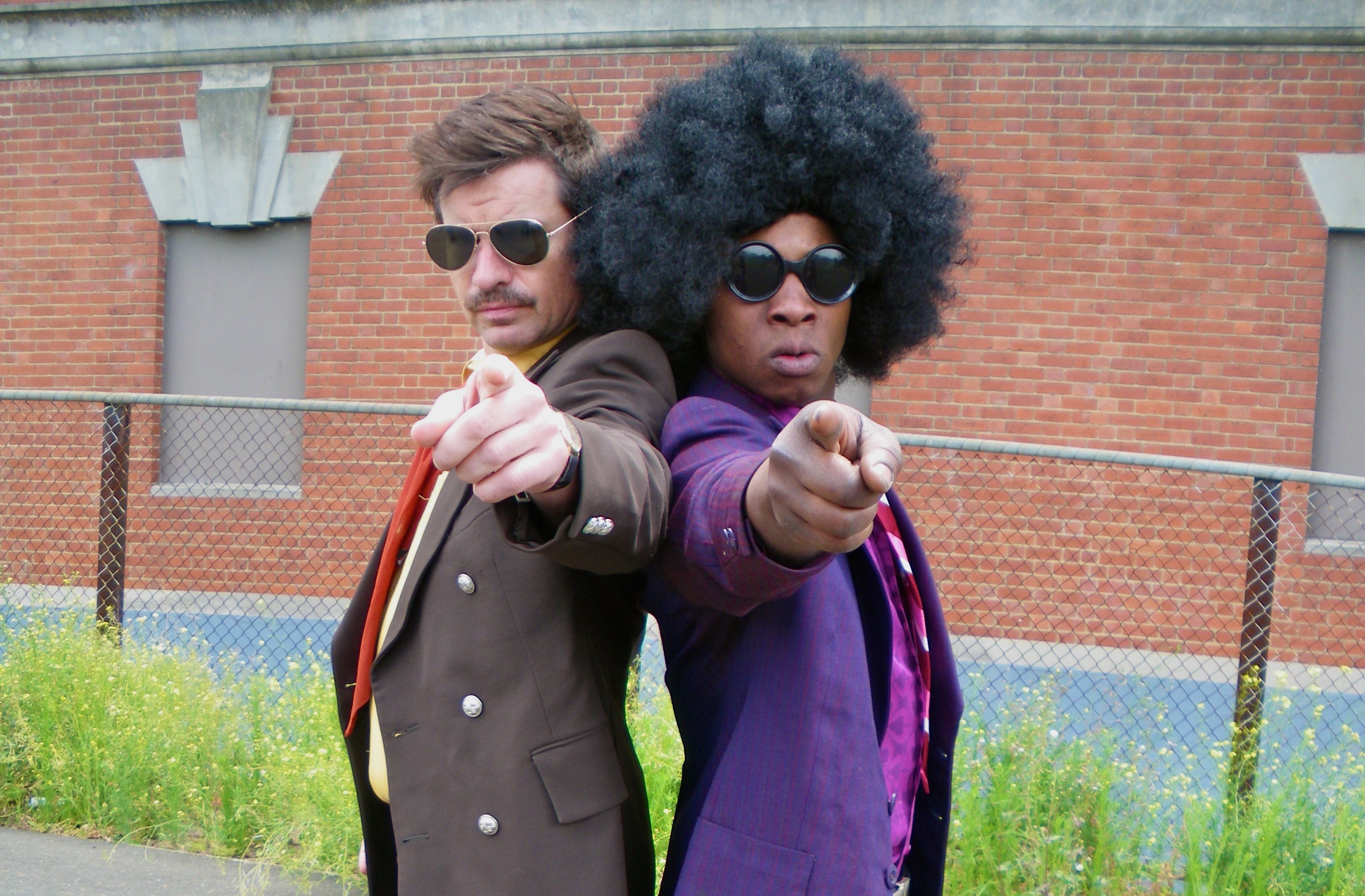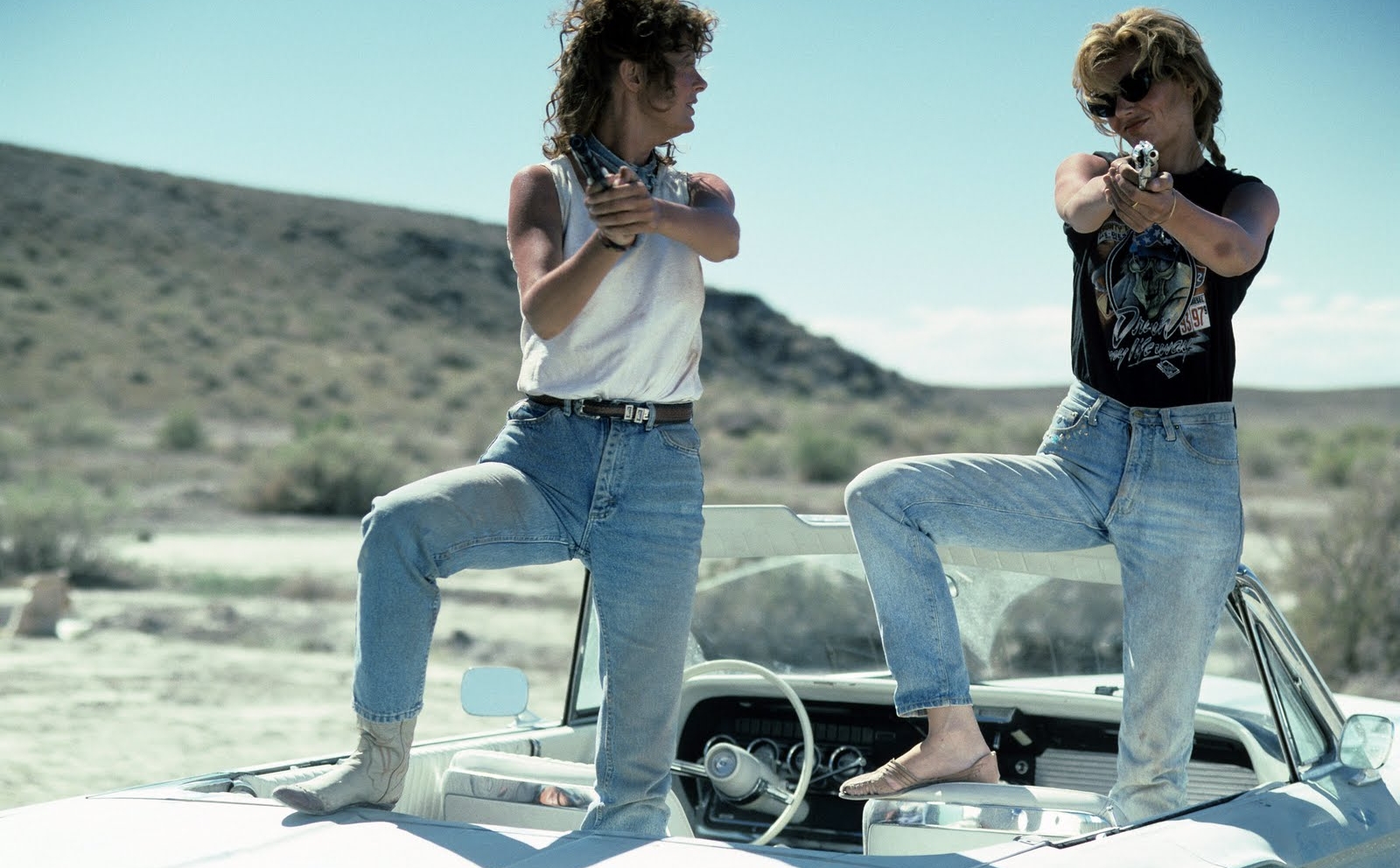Which he did. Sizzler 77 is set in the Melbourne underground of the 1970s when platforms, afros and Holden Monaros ruled the roads. As Spanos states, the challenge lied in taking inspiration from the best of an era, while still breathing new life into a tried and tested genre. “I’m not really into cop buddy films,” he says. “There are too many of them. And I think crime stories are a bit of a cop-out: you need the element of drama in a story so the easy way out is to make somebody commit a crime. I had a bash, but I was struggling to write it. I wasn’t getting very far; then I had this light bulb moment – change the era and set it in the seventies and after that I couldn’t stop writing. I had the script finished in three weeks.”
Sizzler 77, is the seventh feature film by Spanos and lives in the sweet spot between comedy and drama. An experienced filmmaker, his previous works include Nancy, Boronia Boys and The House Cleaner. Shot throughout Melbourne’s laneways,the story of Sizzler 77 is about a group of sex workers, who are being coerced by violent pimp Bossy Jim to become involved in a profit-share scheme. The cast includes Kristen Condon, Oti Willoughby, Raylene Pearce, Tim Burns (Spanos’ acting pseudonym) and Baby Lemonade Lamarr. As the story unfolds, antics include two detective inspectors deciding to cross-dress in order to infiltrate Bossy Jim’s scheme. In other words, Sizzler 77 presents a wealth of opportunity for glamorous frocks, glitter and hilariously mad-capped schemes. Pulling it all together is a tightly curated soundtrack, serving up deep cuts of funk and glam.
The 1970s have long been a source of nostalgia and inspiration. The music, fashion and hedonism of the time are both legendary and enduring. As Spanos states, the ‘70s also marked a less complicated time that came with a rich history to tap into. “The film’s set in the summer of 77,” he says. “Life was easier and simpler back then. There’s a lot of colour, a lot of razzle-dazzle. I knew what was happening in Australia at that time. In January, February and March of 1977, there was the Grandville rail disaster, the murders on Easey Street; those girls had been watching a new show called The Sullivans. North Melbourne drew in the grand final that year, the Queen had her silver jubilee, Elvis died, we had Star Wars and Graeme Kennedy started hosting Blankety Blank.”
As well as nailing the aesthetic of the era, Spanos states that gathering the right actors was intrinsic to achieving his vision. “Casting is incredibly important,” he notes. “Casting is 80% of the success of a film; you’ve got to get it right. You see a lot of films where they haven’t got it quite right. I have an idea of the character, of the visual aspect I’m looking for and I go from there. Sizzler 77 is basically a four man cast,” he continues. “I didn’t want any familiar faces. I went to drama school with a lot of different actors and I didn’t want any familiar faces. We had to find younger actors to play the prostitutes. They are colourful and dazzling characters. We have a young transsexual character who’s only 17 years old; she’s a touching and sad character who ends up going to Queensland. As hideous as Joh Bjelke-Peterson’s Queensland was then, it was preferable to live her life in Melbourne.”
Spanos had been considering retirement from making feature films before he was persuaded to make Sizzler 77, an experience which may have turned his thinking around. “It’s been a lot of fun,” he says. “I’ve made seven features and making this one was hilarious. It’s a distinct style of comedy and it was non-stop laughter making this film; we were working hard but it was fun. Putting on the costumes, going back in time like that, counting the money…we used real Australian notes: the green two dollar notes. Some of the cast members had never touched paper money before, they had no idea how money used to smell.” Spanos was careful to make sure every sensory detail, along with the dialogue, was authentic. Every dial, button, sound and prop was handpicked with obsessive consideration. “Little things like phones where you stick your finger in and dial, that noise of the number dialling…we used typewriters, record players, televisions from the era. Finding cars was the hardest thing. Whenever we saw a car from the era parked anywhere we’d stop and film against it.”
BY LIZA DEZFOULI

